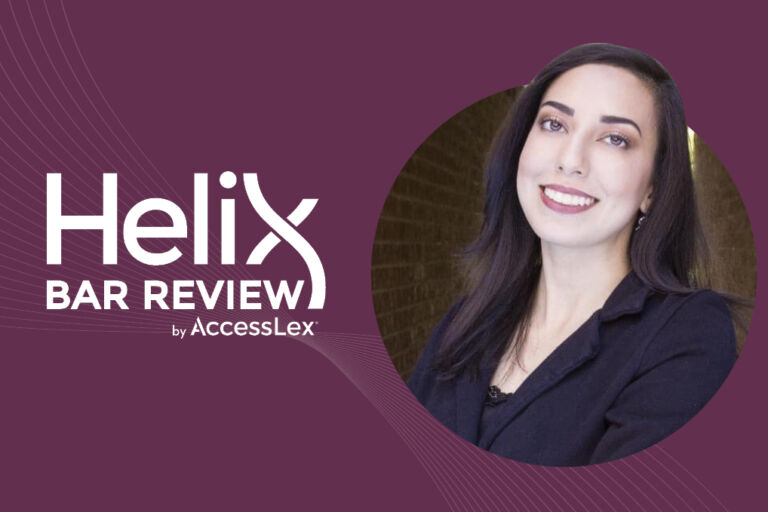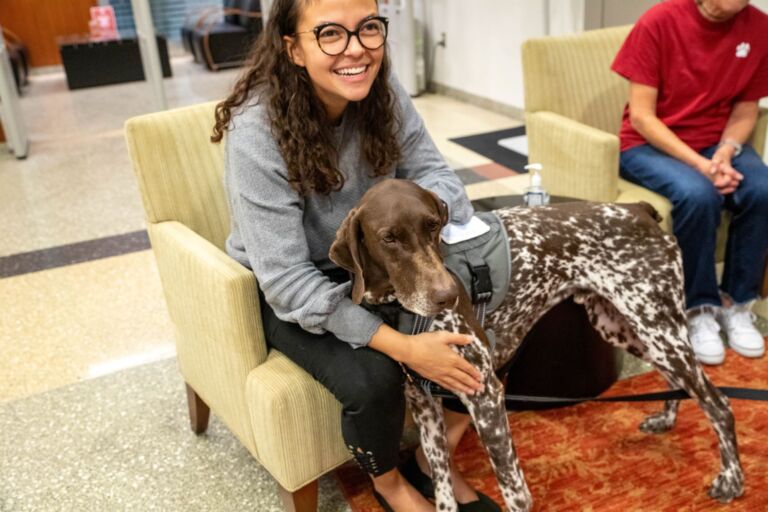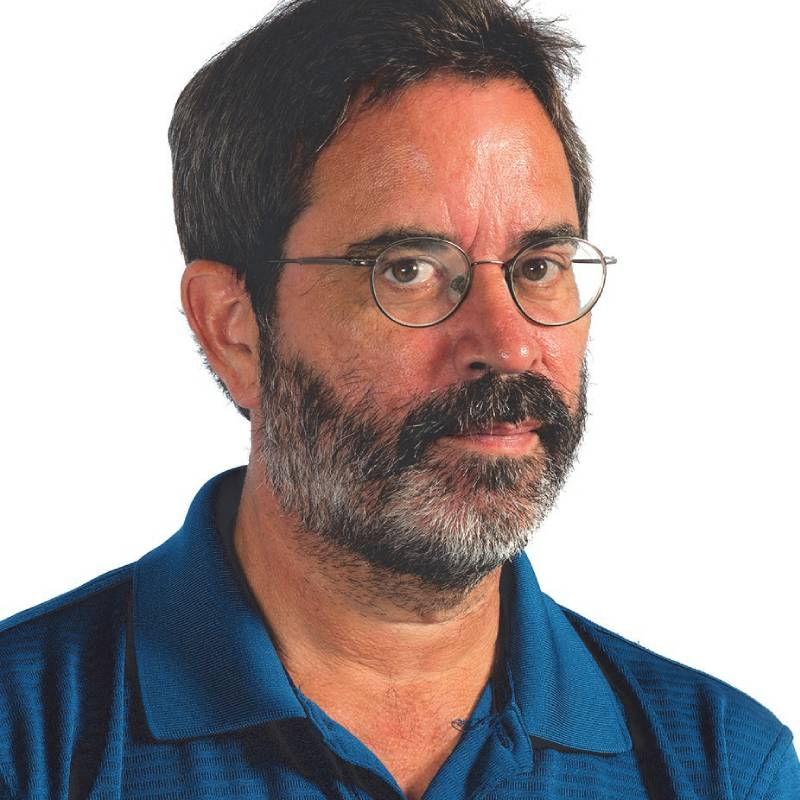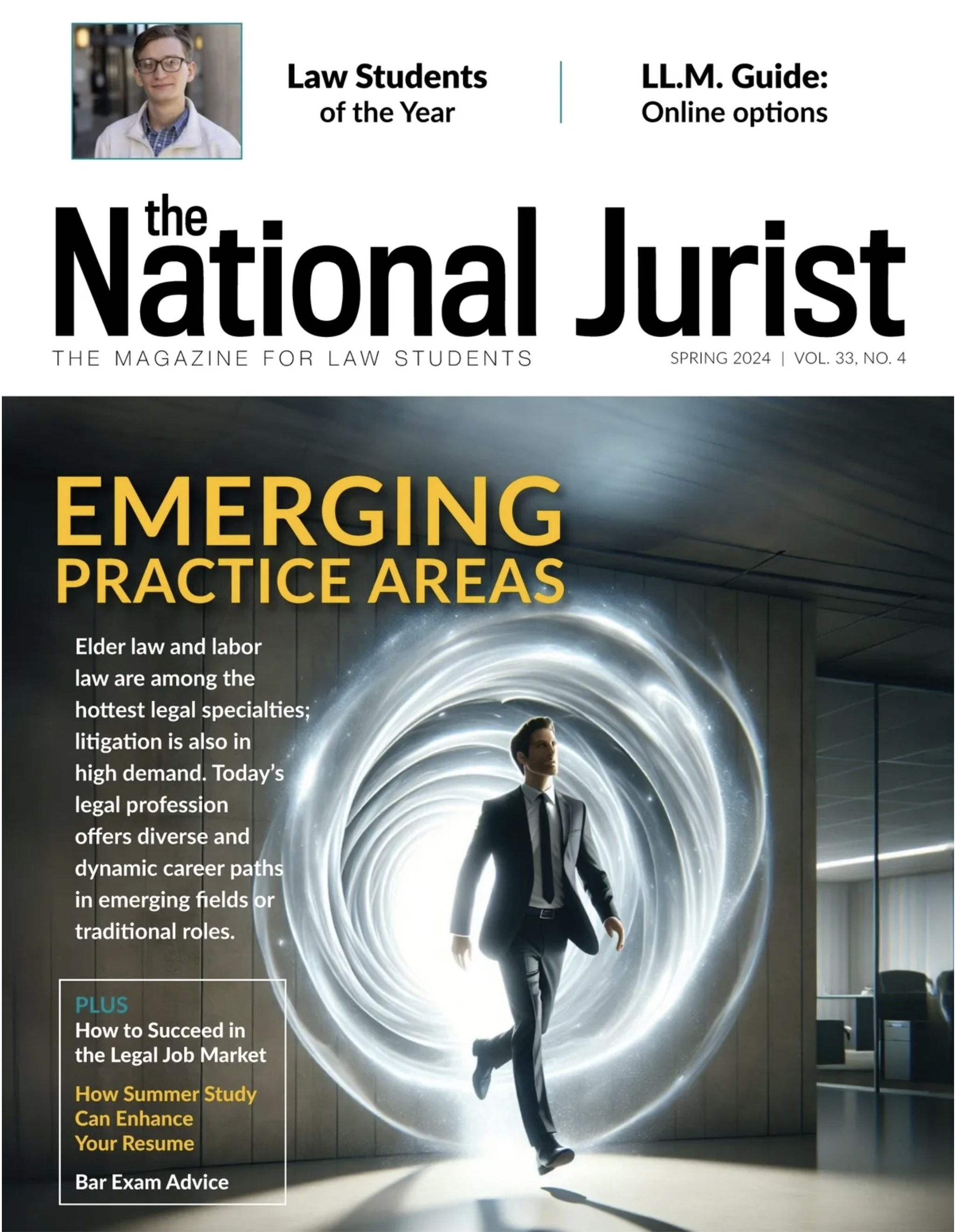Columbia Law School has announced the creation of four new clinics for the 2018–2019 academic year, which are being taught by recognized leaders in experiential pedagogy: Lynnise Pantin ’03 is launching the Entrepreneurship and Community Development Clinic; Paul Radvany ’92 is teaching the Securities Litigation and Arbitration Clinic; Colleen Shanahan ’03 is inaugurating the Community Advocacy Lab; and Emily Benfer will introduce an interprofessional health justice clinic.
“These clinicians have impressive track records running law school clinics that have had meaningful and significant accomplishments,” says Gillian Lester, dean and the Lucy G. Moses Professor of Law. “It is especially gratifying to welcome three of our graduates who were clinic participants when they were students at Columbia.”
According to the school’s news website, the clinics are as follows:
Entrepreneurship and Community Development Clinic
The Entrepreneurship and Community Development Clinic, led by Pantin, will serve both under-resourced nonprofits and for-profit “social enterprises” that serve their communities by employing the “unemployable,” paying a living wage, producing and preserving affordable housing, or contributing to the commonweal in other ways.

Pantin, who is a visiting professor at Columbia Law for the 2018–2019 academic year, is well-versed in the challenges that small organizations face. She has worked with many as the founding director of the Entrepreneurship & Innovation Clinic at Boston College Law School. The enterprises she’s choosing as clients for the Columbia Law clinic must submit detailed business plans with specific goals and strategies for achieving them. Students will work on transactional business matters, including incorporation documents, intellectual property and corporate governance issues, and drafting and negotiating agreements such as leases and employment contracts.
As a Columbia Law student, Pantin was a member of the Lawyering in the Digital Age Clinic on 9/11; after the attacks on the World Trade Center, the clinic worked with Pro Bono Net to create an online resource for connecting lawyers with survivors and victims’ families. Before becoming a professor, Pantin worked with corporate clients as an associate at Debevoise & Plimpton. She then transitioned to academia with guidance from Columbia’s Careers in Law Teaching Program. “I love leading a clinic because it’s like running a mini law firm,” she says. “It’s the best job because I get to teach and still have one foot in the door of practice.
Securities Litigation and Arbitration Clinic
The Securities Litigation and Arbitration Clinic represents individuals with modest incomes who believe that their brokers or financial advisers have engaged in illegal investment practices. “Many of our clients have lost most of their life savings,” says Radvany, who is teaching the clinic for the first time at Columbia during the fall semester as a visiting professor. Since 2007, he has been on the faculty of Fordham Law School, where he runs its Securities Litigation and Arbitration Clinic, but Radvany is also a familiar presence on the Columbia Law campus: He has long been an adjunct, teaching Trial Practice and the Federal Court Clerk Externship.

Radvany, who participated in a fair housing clinic as a Columbia Law student, brings a prosecutor’s zeal to his clinical work. He was previously the deputy chief of the Criminal Division of the U.S. Attorney’s Office for the Southern District of New York, where he worked from 1997 to 2007.
His clinic primarily represents the elderly, immigrants, and single people. Many of them learn about the clinic from referrals; some find the clinic after lodging complaints with the Financial Industry Regulatory Authority, which has a “How to Find an Attorney” section on its website. Students may negotiate settlements or take cases to arbitration where they develop a range of practical skills by delivering opening and closing arguments and preparing witnesses and experts for direct and cross-examination. “These are not cookie cutter cases. They’re wonderfully complex but not so complicated that students can’t wrap their arms around them,” says Radvany. “The clinic teaches students not only litigation skills but also what I think differentiates good from great lawyers: judgment and decision making.”
Community Advocacy Lab
Shanahan will launch her clinic for the spring term and plans to select cases that address systemic issues relating to access to justice that require creative legal solutions. Students can pursue a wide range of approaches that include drafting new laws or policy proposals, organizing community-based advocacy campaigns, and producing innovative research. “It’s not a litigation clinic,” says Shanahan. “My goal is to help law students expand their idea of what lawyers do in pursuit of social justice to create change.”

When she attended Columbia Law, Shanahan participated in a transactional clinic, run by Professor Barbara Schatz, and she says the experience made her a dedicated proponent of experiential education. After two federal court clerkships and five years as a litigator in private practice, Shanahan launched her academic career. She became a supervising attorney and director of Georgetown Law’s Community Justice Project Clinic and then moved to Temple University Beasley School of Law, where she founded the Justice Lab clinic. Under her supervision, students advocated for ending the City of Philadelphia’s practice of billing parents for the costs of their children’s incarceration, which earned Justice Lab the Clinical Legal Education Association’s 2017 Award for Excellence in a Public Interest Case or Project.
Shanahan describes her pedagogical approach as “the classic triangle” of legal education: Plan. Do. Reflect. And she adds a fourth component. “I teach collaboration,” she says. “I believe collaboration is an essential lawyering skill.”
Health Justice Advocacy Clinic
The health problems that afflict people in low-income communities are often the result of social injustice. According to Benfer, the co-principal of Health Justice Innovations LLP, the best way to remedy the social determinants of poor health is through interprofessional partnerships and health justice advocacy. “A doctor can treat acute health problems, but an interprofessional team of lawyers, medical providers, and public health experts can ultimately find solutions to redress systemic health issues for entire communities,” she says.

The new Health Justice Advocacy Clinic will draw upon the best practices developed in the medical-legal partnership policy model she employed at the Erie Family Health Centers in Chicago when Benfer was a clinical professor at Loyola University’s law and public health schools. The Columbia Law clinic will be cross-listed at Columbia University’s Mailman School of Public Health (where Benfer’s husband, John McHugh, is an assistant professor). Students will identify social and legal issues that result in systemic health inequity, devise interventions, and implement creative advocacy strategies to improve community health.
One issue Benfer expects students will take on is the prevalence of lead hazards and mold in private and public housing. “The most valuable part of the clinic for students is as changemakers who are adept at creative problem solving and interprofessional collaboration,” she says. “In one semester, they can devise legal remedies where none existed before and protect the health of generations to come.”







